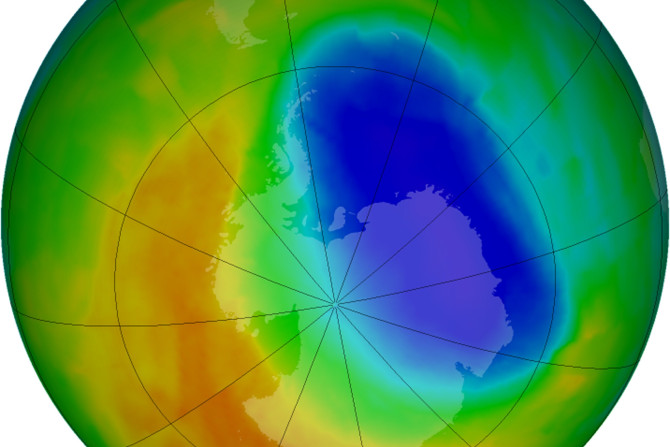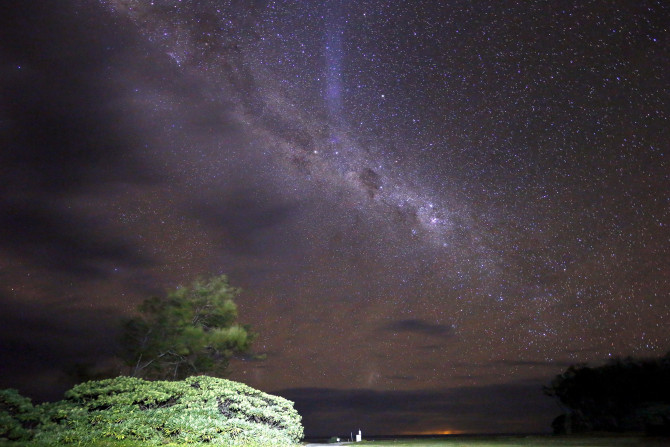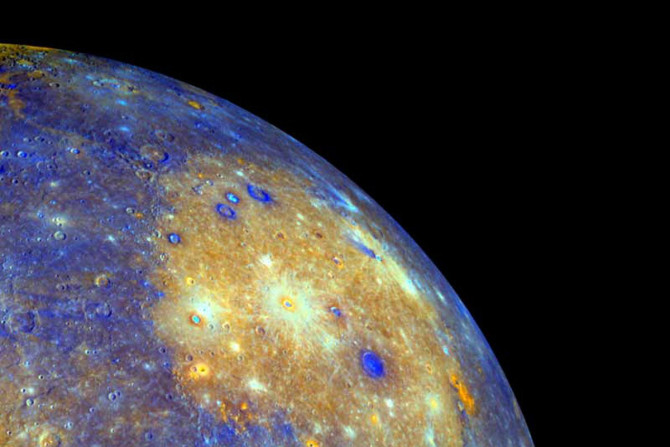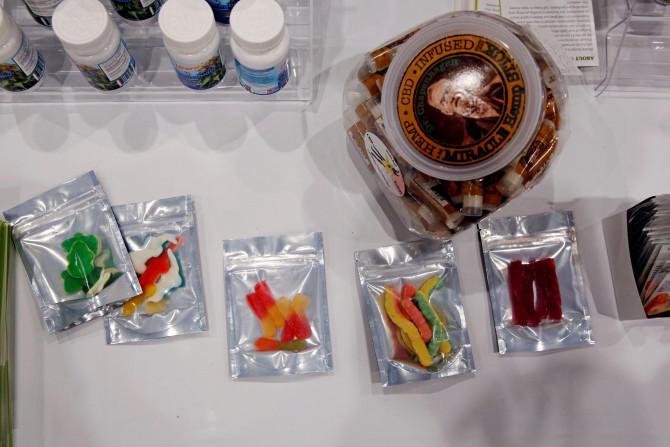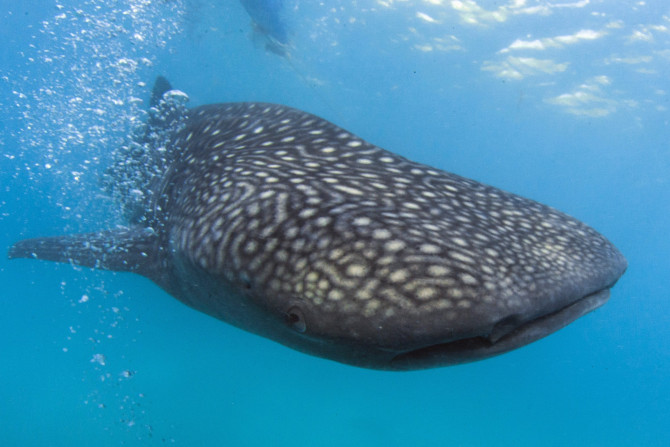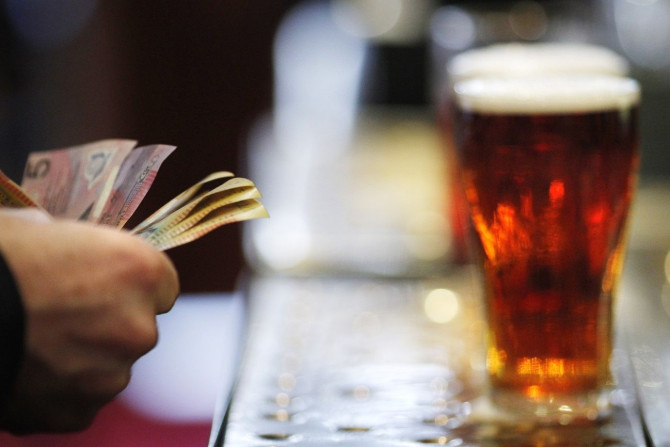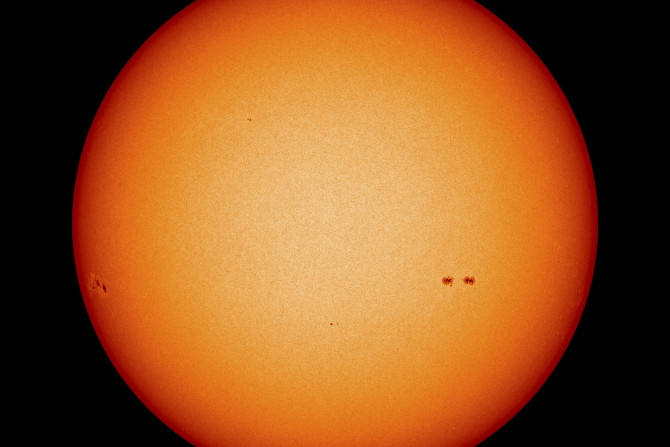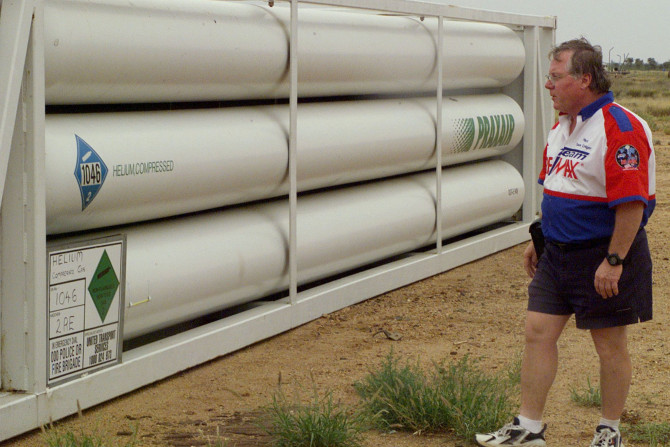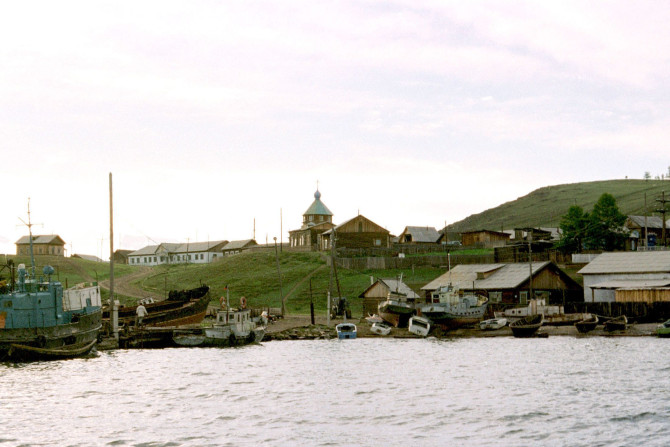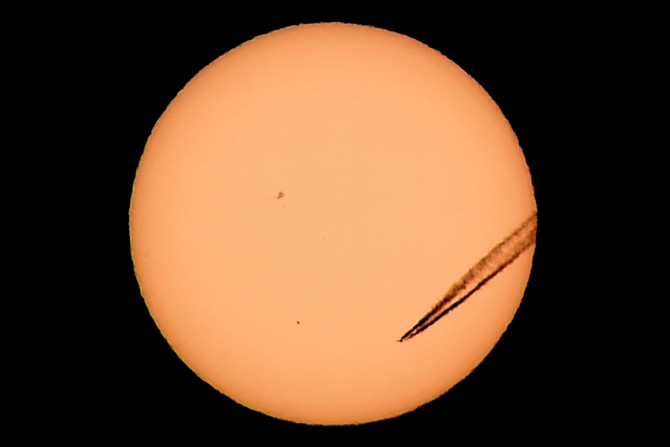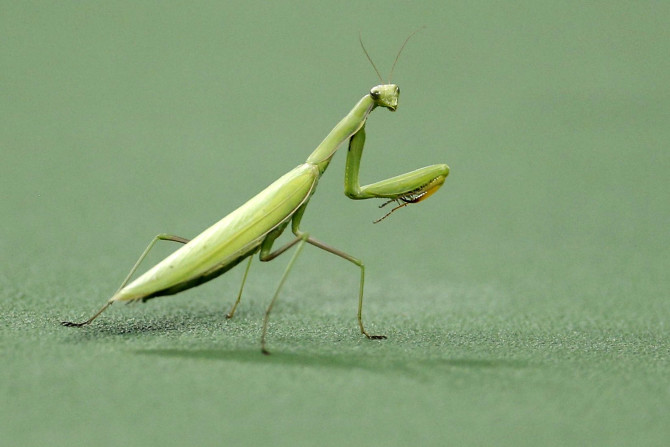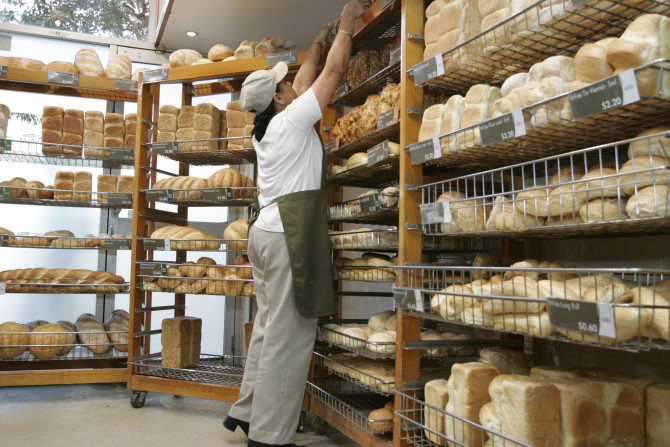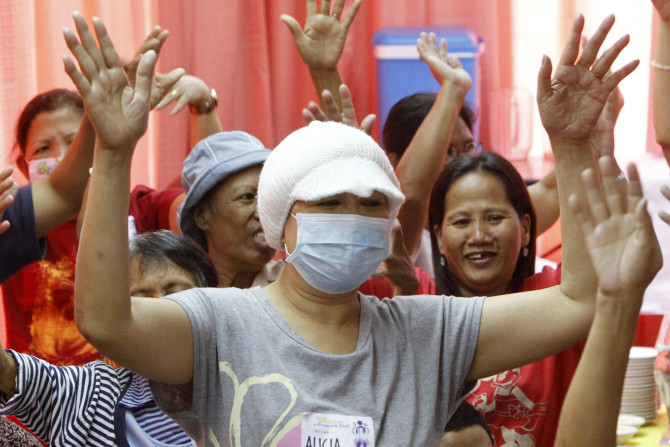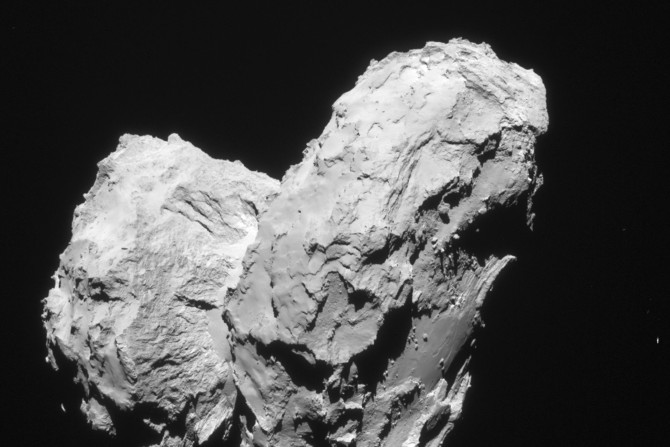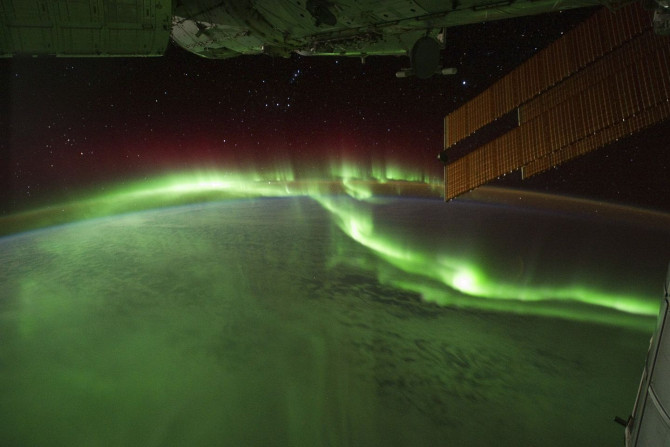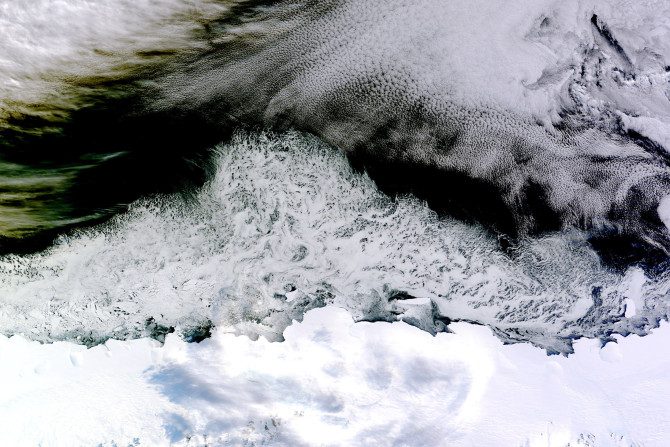Ancient stargazers may have used entrance passages of 6,000-year-old Neolithic tombs as telescopes to enhance visibility of the night sky. This could have been a part of an ancient ritual.
Lab experiments have revealed that the chemistry of Mercury’s most ancient plains was likely forged near the planet’s core. NASA researchers said that Mercury’s surface feature originated from intense heating and crushing of rock 400 kilometres down, where the planet’s mantle meets the iron core.
Mounting evidence suggests that ancestors of modern humans were responsible for the extinction for the only known population of hobbits. The hobbits, around 104 centimetres tall, were using stone tools about 50,000 years ago.
MMJ PhytoTech Limited has secured medicinal cannabis production licence in Canada. It’s the first Australian-based company to receive a Canadian medical cannabis cultivation licence.
It’s Leslie Jones’ fault that she couldn’t get a designer dress to the “Ghostbusters” premiere, according to a stylist. After the American comedienne recently tweeted how no one would want to dress her, “Project Runway” winner Christian Siriano stepped in.
Tracking devices on whale sharks in Indonesia have revealed incredible mysteries about the gentle giant fish. One of the interesting finds is that whale sharks take amazing “road trips” to faraway destinations and the reason is unknown to experts.
Queen Victoria will take the reins in the latest “Civilization VI.” Firaxis and 2K’s strategy building game sees her ousting Queen Elizabeth from the previous game.
Sony has unveiled the lineup for the PlayStation Plus July 2016. As usual, there are two games each for the three PlayStation platforms, as well as an extra for PS Plus subscribers.
Living in Sydney is really expensive, according to a comparative study. A new web-based app from visual analytics company Qlik allows consumers to quickly compare the cost of living across eight key cities in Asia Pacific.
Climate experts have predicted that the Earth may be heading towards a mini Ice Age as the face of the sun has “gone blank.” Experts analysed the solar surface that is currently exhibiting a distinct lack of action. If this happens, it might be similar to the “Game of Thrones” catchphrase: “Winter is Coming.”
There are a number of new games coming on the first week of July alone. From an old indie PC title to an interesting take on grapples and wall running, check out these four games worth playing on the Xbox One and PS4.
A Norway-based exploration company, working with Durham and Oxford universities, has discovered vast reserves of the rare vital gas helium in Tanzania. The scientists believe that this massive reserve of the rare gas may rescue the world from a shortage.
Archaeologists have discovered a medieval forge that dates back to about A.D. 1000 near Lake Baikal in Russia. Remote sensing at the spot revealed the presence of two underground structures that were stone furnaces for making weapons.
Astronomers have found out that a mysterious source of radio waves thought to be from a different galaxy is actually a binary star system containing a black hole and a low mass star. The discovery suggests that a huge number of black holes in our Galaxy Milky Way have gone unnoticed.
MIT geologists have studied part of planet Mercury’s cooling history right after it formed between 4.2-3.7 billion years ago and traced its origins to an enstatite chondrite, a rare meteorite. This kind of meteorite is extremely rare on Earth.
Scientists have found that female mantises who eat their male sex partner after sex produce more eggs than those who do not. Sexual cannibalism in mantises allows the male to assign more of their biological material in female mantis’ eggs in order to make her more fertile.
Even though it’s already halfway through the year, Nintendo has still yet to give specifics on what it plans to do for the Nintendo NX. As such, the only clues that fans get are from snippets of what some Nintendo personalities are giving out.
UK researchers have developed a mathematical model that looks at what makes people nasty or nice. Moreover, the model also looks at the fact why both the types can exist together.
There are a good number of sales available starting today for PlayStation, Xbox and PC fans. With the new weekly NA PlayStation Store sale, the Steam Summer Sale Day 6 bonanza and the weekly deals for Xbox, several genres for games are up for grabs.
“Call of Duty Black Ops 3” players are already up to their third DLC pack. Developer Treyarch teased that the next expansion will be titled Descent, and it will again come first on the PS4 on July 12.
An Australian Institute of Health and Welfare (AIHW) report has revealed that the 2009 mandate by Federal Government to add folic acid and iodine to all breads except organic breads is a major success. The drastic step has successfully battled two major health issues, severe birth defects (spina bifida) caused by a lack of folic acid and re-emergence of iodine deficiency.
The body’s lymphatic system may allow breast cancer cells to spread faster if a sufferer is stressed. New Australian research has shown chronic stress accelerates the spread of cancer in mice.
Microsoft has announced its next batch of free games for the Xbox July 2016 Games with Gold. The announcement follows some online leaks of the lineup from known tipster ekim who managed to get two of the titles correctly.
This week will see the first multiplayer DLC for “Uncharted 4.” This new pack will introduce new weapons, skins, boosters, a map and more, and it will be the first in the Multiplayer Roadmap.
Balrog has come quite a long way from his days in “Street Fighter II.” Capcom revealed the new character coming alongside the latest update with Ibuki and the awaited Story Mode.
British researchers have developed a perfume that smells like a comet, particularly the 67P/Churyumov–Gerasimenko, on which the European Space Agency (ESA) touched down in 2014.
Scientists led by Durham University's Institute for Computational Cosmology captured gravitational waves via space-based detectors, and now they believe that these waves can help identify the origins of supermassive black holes. The scientist ran massive cosmological simulations that may be used to predict the rate at which gravitational waves caused by collisions between the monster black holes might be detected.
A scientist in the US, Joe Kirschvink from the California Institute of Technology, believes that he has finally found evidence of humanity’s sixth sense. He claims that humans have the ability to detect Earth’s magnetic field in a subconscious way.
Scientists have discovered pieces of opal in a meteorite in Antarctica. The findings are extremely important for related studies on water and its life-forming abilities. According to a team of British researchers, the opal-studded meteorite is offering new clues as to the origins of life on Earth.
With a couple of weeks left before the anticipated launch, Square Enix has released an onslaught of screenshots that feature scenes, action sequences and everyday shots of “Final Fantasy XV.”


